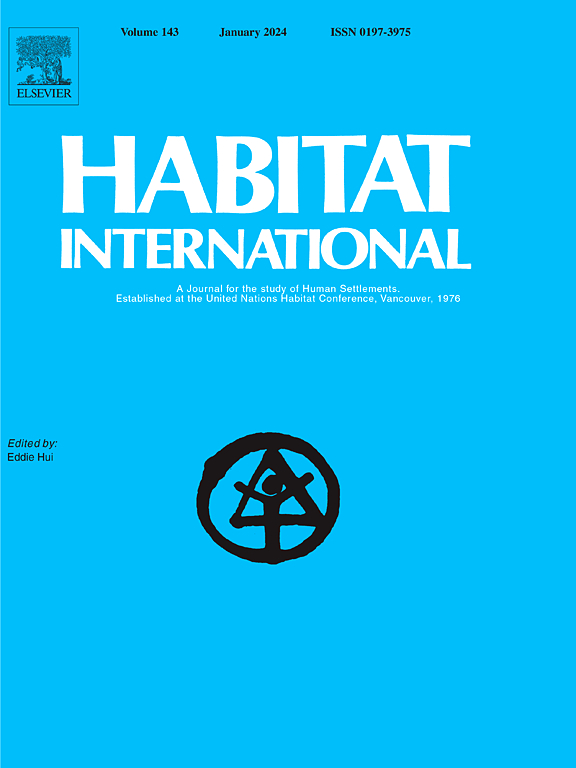The opening of high-speed rail (HSR) and the operation of enclave parks (EP) are both important cross-regional economic activities that play a pivotal role in promoting regional economic development. This study modifies the previous single-dimension research paradigm of the HSR effects and EP effects, focusing on the synergistic relationship between HSR and EP in the process of urban economic development. We design a staggered difference-in-differences (DID) model based on the realistic background of the synchronized development of HSR and EP in the Yangtze River Delta region to test the joint impact of HSR and EP on the urban economy, and its heterogeneous performance and mechanisms. The results indicate that the joint impact of HSR and EP on the urban economy is superior to their individual impacts, confirming the synergistic effect of the HSR and EP. In addition, the joint impact of HSR and EP on the urban economy is heterogeneous. The joint economic effects of the HSR and EP are stronger in the fly-out cities of enclave parks. Core and large-scale cities benefit more from the synergistic economic effects of HSR and EP. In terms of the sequence of intervention, the operation of the EP after the opening of HSR can better accelerate economic growth. Finally, we demonstrate that HSR and EP can promote economic development synergistically by alleviating urban resource misallocation and that market development has an important moderating effect on the synergistic effect of HSR and EP.


